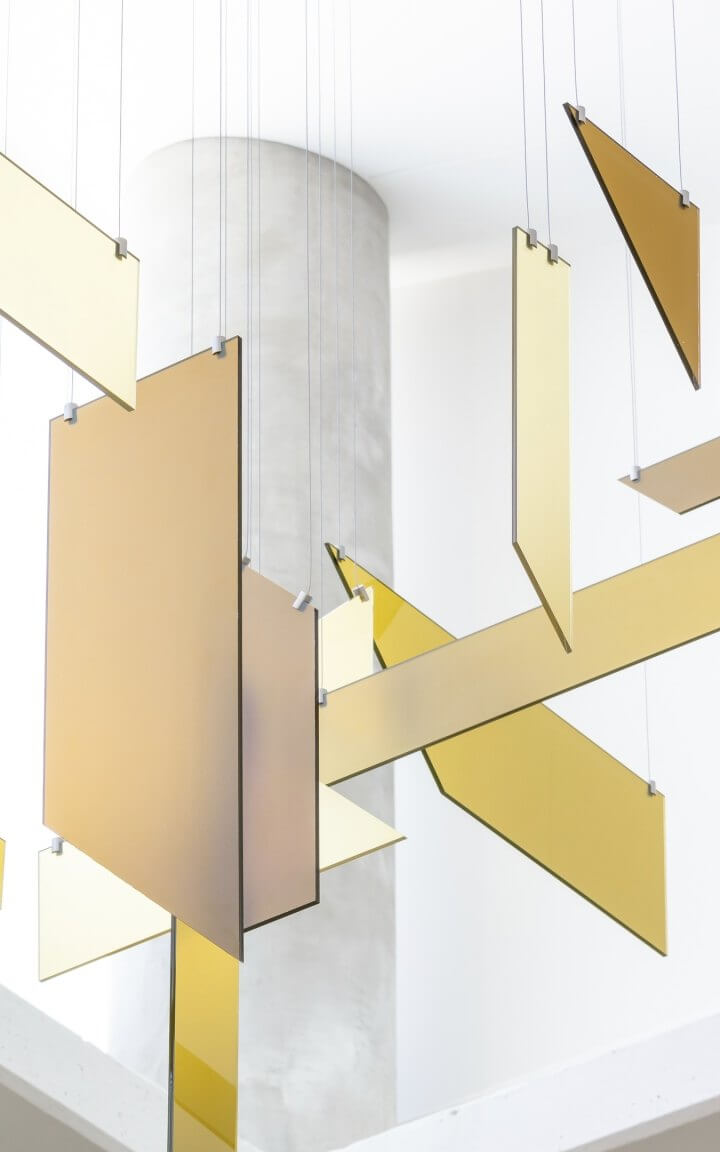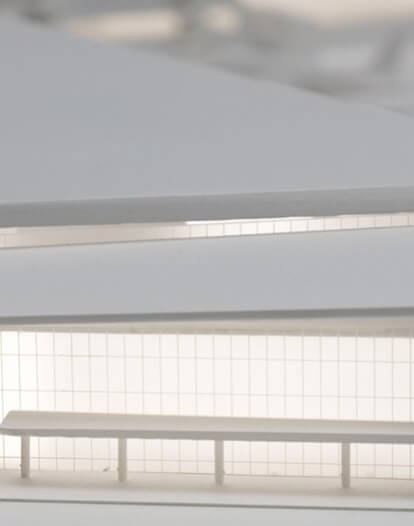The Scent of a Space

People experience scent so differently and personally — breaking down the parts of the brain and the different wavelengths that we can activate with scent and what that means for the user experience is a fascinating part of our research.
The association between fragrance, emotion, and memory is not just the invention of poets or perfume-makers — it’s a phenomenon rooted in the structure of our brains. We remember just 5% of what we see, but 35% of what we smell. Smell is one of the most powerful ways to experience the world. Beyond “nose-branding," scent can shape the physical attributes of space that are intrinsically interwoven into the design process.
A design tool to measure our sense of smell
Olfactory architecture is such an emerging field of study that it required Corgan—Hugo, Corgan’s Research and Innovation team, to create a tool to study it. Working alongside neuroscientists, viticulture specialists, and perfumeries, we developed a strategic lexicon for describing scent as it relates to architecture, interior design, and the materiality of space. While the past decade has welcomed breakthrough research, new lifestyle shifts, responses to the pandemic, and changes in our expectations and how we engage with the built environment invite new opportunities for olfactory application in design and architecture.

With data from a nationwide experiment, Corgan’s trademarked Scentograph™ is a data-driven tool that provides algorithmic translations between scent, visual, and tactile elements and serves as a framework to multi-sensorial design by matching scent, colors, materials, and light with applications to physical, digital, and virtual environments.
Scent impacts our emotional experience
As we consider a more accessible, human, intuitive, and kinder world, this research responds to a universal language: scent. It responds to how we instinctively move through spaces and perceive our environment. Where most architectural design depends on visual cues, scent as a design tool makes possible a richer, more human experience regardless of ability level or impairments. Additionally, smell has the power to calm anxieties, reduce stress, and deliver spatial design that impacts the user on multiple sensory levels.
People experience scent so differently and personally. Breaking down the parts of the brain and the different wavelengths that we can activate with scent and what that means for the user experience is a fascinating part of our research. For instance, if vanilla is a scent that soothes and calms a patient and is used in an MRI imaging machine, can the brain reassociate vanilla not with cupcakes, but with going to the hospital?

Scent affects spatial understanding
Studies show that scent can have a profound influence and shape our physical perceptions in terms of temperature, scale, stimulation, and even daylight based on odors we smell. Dispensing scents in public spaces like diffusers in ceiling-mounted fixtures in hospitals or on tabletops in airport lounges may create a different experience by reshaping how we perceive the physical environment because of the olfactory bulb deeply embedded in our limbic system.

Temperature

Scale


Daylight
The ScentographTM provides designers with a data-driven approach that pairs scent and emotion with color, materiality, texture, daylight, and other spatial attributes such as depth, width, and height. This multi-sensorial design approach empowers designers to unlock the power of scent – using olfactory design to increase the perception of daylight in a space where it is otherwise unavailable; to increase collaboration by perceptually heightening the office space; or to even alter the perceived temperature of space allowing us to decrease energy costs over time.
Samanta Flores gave this presentation at the Texas Society of Architects (TxA) 84th annual conference “Emerge” in Fort Worth. Her presentation explored how smell affects our senses, memories, and perceptions and discussed the tools Corgan has created to study how smell can inform architecture and interior design.





